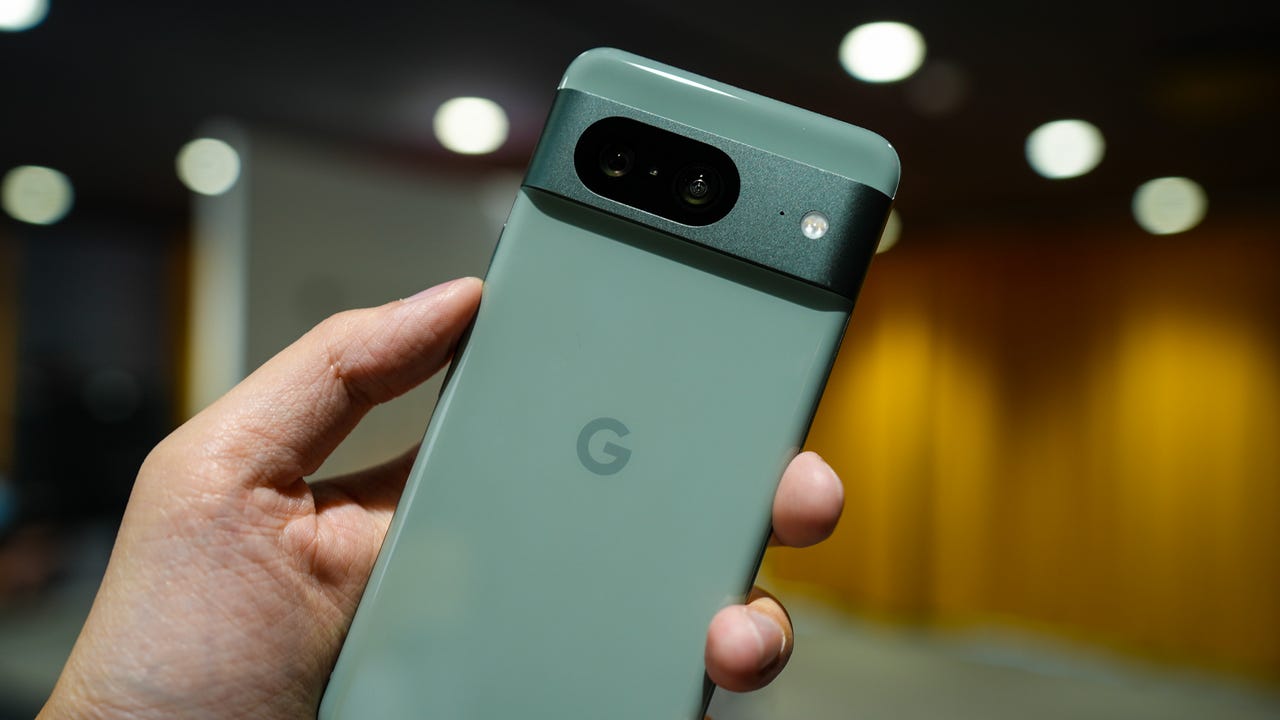
Google today is launching two new smartphones, the Pixel 8 and Pixel 8 Pro, both of which bear the company’s first price bump since shifting to the camera bar design three years ago. Unlike previous generations, the Pixel duo now starts at $699 and $999, up from $599 and $899. But, to Google’s credit, it’s implemented significant upgrades in hardware and software to warrant the upcharge.
Also: Every product unveiled at the Made by Google event today
For example, the smaller Pixel 8 has gotten a display boost from a 90Hz refresh rate to 120Hz. Also, both models are powered by a new, AI-optimized Tensor G3 chipset and will be eligible for Google’s new seven-year commitment to software, security, and feature updates. No matter which device you buy, you’ll be getting your money’s worth.
Here’s the thing: The real winner in this exchange, believe it or not, is the unassuming Pixel 7a, a device that I’ve personally tested and recognized as one of the best mid-range phones you can buy. I also noted in my full review that with how closely priced the A-series Pixel was to last year’s Pixel 7, especially when the latter was discounted, there was really no reason to buy the lower-end model.
With both devices fielding the same Tensor G2 processor, 90Hz display, RAM and storage, and breadth of Google software features, a closely priced Pixel 7 with a superior camera system and build quality made the Pixel 7a hard to justify.
Review: Google Pixel 7a: Meet the new best sub-$500 Android phone
Given the new price point of Google’s flagship smartphones, there’s a much clearer distinction between the two tiers of handsets, meaning consumers of both sides can purchase devices without feeling like they settled or overpaid.
If a well-rounded software experience with a formidable camera system is what you’re after, save the cash and buy the Pixel A-series. If you crave more of the innovative features and are willing to pay for them, the standard and Pro Pixel models are the way to go.



















